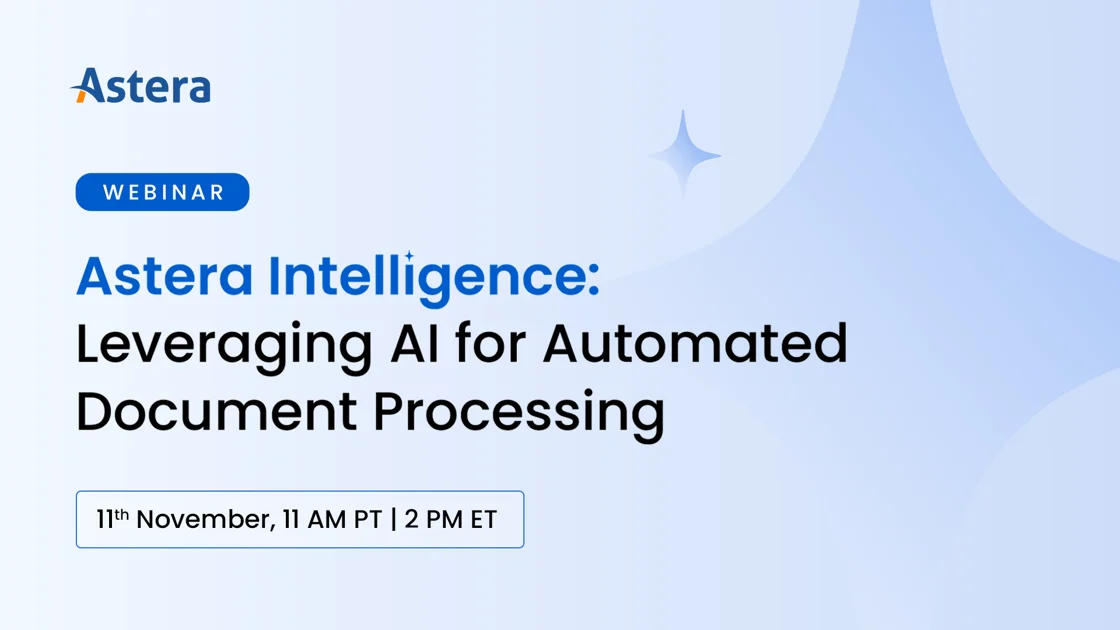
The Ultimate Guide to Integration Platforms
Enterprise tech stack usually consists of several isolated systems residing on the cloud and on-premise. According to research, 57% of business users identify integrating disparate technologies as a significant obstacle to the execution of business processes.
What happens when you have different systems handling distinct business processes, with each playing a vital role in your organization? You become vulnerable to data loss, fragmented information, and misalignment. Between meeting customer expectations and handling internal systems, you need a solution to generate a more frictionless experience.
A data integration platform is that solution!
What is an integration platform, and why do you need one? Read on to find out.
What is an Integration Platform?
The majority of businesses use countless systems, particularly between their sales, supply chain management, marketing, and customer service divisions. An enterprise integration platform as a service (iPaaS) connects heterogeneous applications, present on the cloud or on-site, to create a consolidated view of enterprise data. By facilitating communications between different systems within a department, an integration platform streamlines business processes, BI, and reporting.
For instance, a company wants to integrate Salesforce data of its clients and load it into a database, SQL Server. This is done by combining the data using Union transformation, as shown in the image below:

How Does Integration Platform Work?
To understand how an enterprise integration platform works, let’s take the example of a software company.
A software company uses an integration platform to combine their sales and marketing data to create a centralized repository that shows the profile of their customer base and the success rate of their marketing campaigns to help them improve their marketing efforts and streamline internal processes.
Let’s take another example. A supply chain management company can leverage cross-platform integration to track inventory, sales data, and send custom reports to clients. This approach will help boost supply chain efficiency by adequately forecasting customer demands. Similarly, the company can also use an API integration platform to connect different applications together, such as Oracle, Marketo, and Salesforce. An API integration platform will enable trigger automatic updates whenever data is changed in one of the applications and facilitate accurate reporting and analytics.
Standard Components of an Integration Platform
The following are the common components of an enterprise integration platform:
- Connectors: The prebuilt connectors read or write data from/to a specific file, database, or web format.
- Data Mapping: It establishes connections between disparate data sets.
- Transformation Engine: It converts communications or records from one arrangement to another.
- Metadata Repository: It stores metadata information.
- Process Orchestration Engine: It supports workflow automation by coordinating the sequencing of steps based on specified business rules.
- Scheduler: It schedules jobs based on triggers so they can run on loop without manual intervention.
- Batch Engine: It controls high-volume file transfers and batch jobs.
- On-premise and Cloud Deployment: It containerizes the application, and offer compatibility to both Linux and Windows machines to support enterprise iPaaS:

How Can an Integration Platform Benefit Your Business?
Software-as-a-service (SaaS) has increased over the past twenty years. Software as a service or SaaS is defined by Gartner as a software that is owned, delivered, and managed remotely by one or more providers. However, the popularity of SaaS formed a gap in the system that needed to be bridged, increasing the necessity for a more enterprise-grade integrated system.
The following are the key benefits of a data integration platform:
1. A Unified Solution
Rather than extracting data from different software and manually correlating information for reporting or analysis, users can use a platform that connects all their enterprise systems and stores data in a unified repository.
2. Data Consistency
Given that the data comes in from disparate systems, the data is in different structures and formats. This means that combining data from two different systems is impossible without changing the data format. The platform enables you to transform data easily based on customer rules and store it in a single location. All of this improves the accuracy and reliability of data analysis, interpretation, and application.
3. Better-Quality Communication
An integrated platform creates a single source of truth. It configures, regulates, and manages data sharing between employees, partners, and customers, allowing for better communication and augmented level of satisfaction.
4. Improved Productivity
As the majority of the work is automated, employees don’t have to manually extract data from disparate systems and integrate it to generate reports. The elimination of manual effort leaves time for more important tasks, improving employee productivity.
5. Real-Time Processing
An integration platform allows for real-time data sharing and handling. This eliminates delays in access and provides a quick and manageable solution.
6. Enhanced Safety and Compliance
Safety threats are unavoidable in any environment. By using features like authorization and access control, an integration platform makes it easier for administrators to regulate data access and enforce privacy protocols.
Choosing an Integration Platform
You need to consider four things when choosing an enterprise integration tool or platform for your business.
- One to Many Approach: The amount of work per nth application exponentially increases due to point-to-point integrations.
- Size of Connector Catalog: Selecting a platform that supports a range of prebuilt connectors will ensure that you can connect to the essential applications and systems in your enterprise stack.
- Range of Features: Select a platform that offers authentication, code-free mapping, transformation, workflows, and bulk/error handling to simplify data integration.
Conclusion
A data integration platform as a service (iPaaS) has become the most feasible way to consolidate data residing in disparate systems. Plus, it’s a viable solution to connect all applications and data between your business and 3rd parties, and quickly be deployed on-premise or in the cloud. A single source that links all of the systems you use to nurture your business is a significant step towards growing better. When you’re connected and in tune, you can go further together as a team.
Astera Centerprise is an end-to-end, zero-code data integration tool that provides data mapping, cleansing, profiling, and transformation abilities in a single platform. It allows you to quickly integrate data of any complexity, dimensions, or arrangement.


